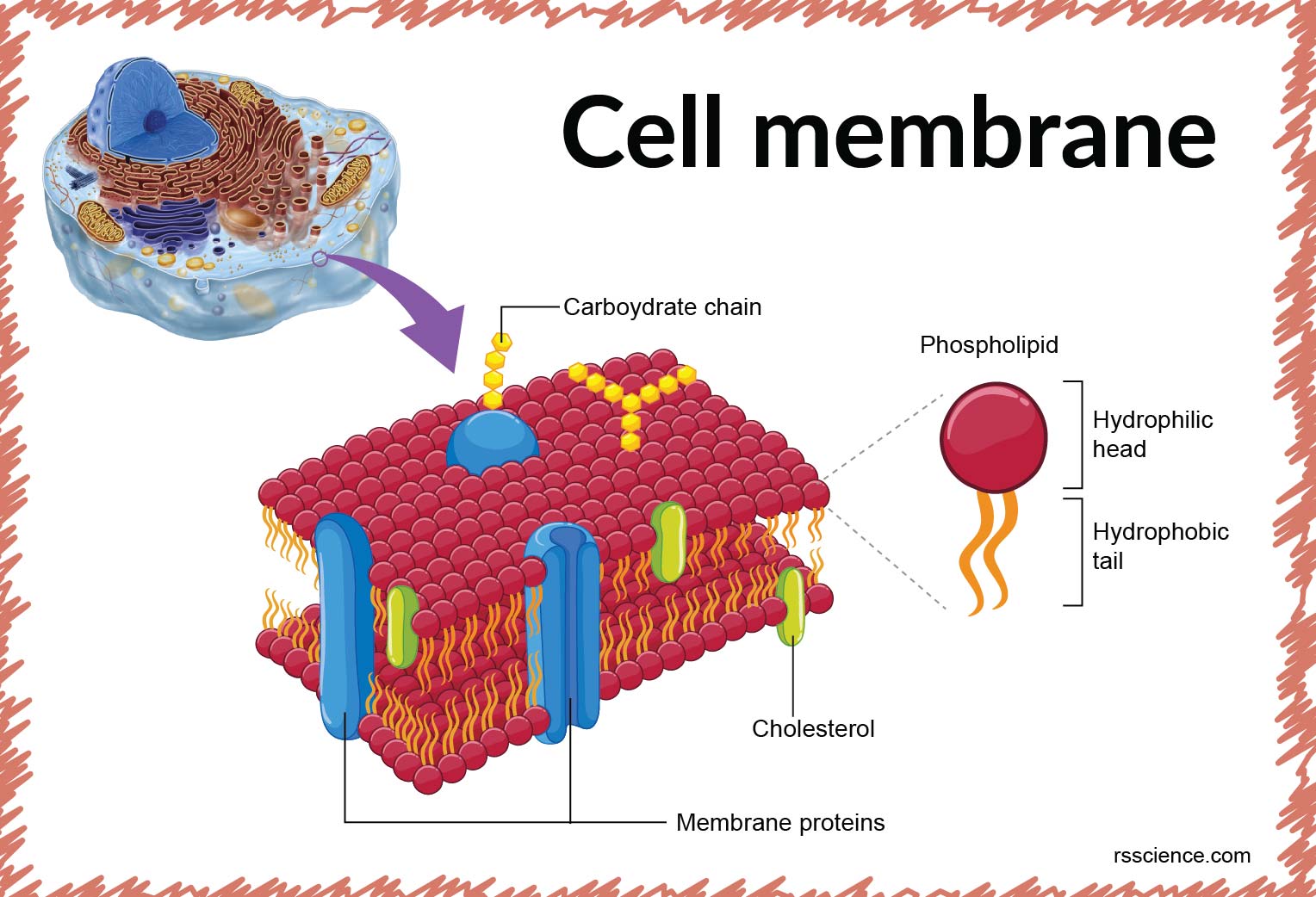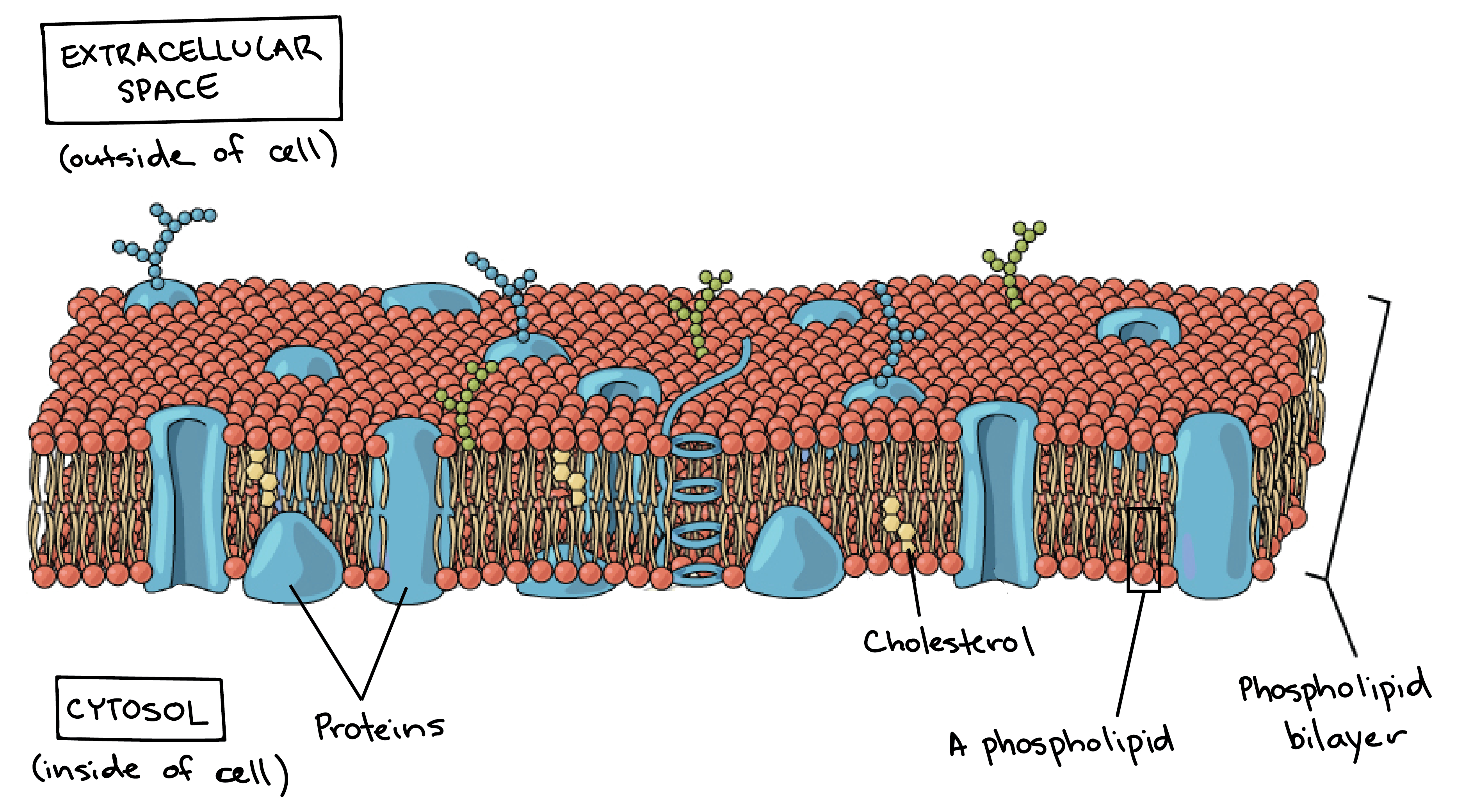Cell Membrane Structure And Function A Level

Contains chromosomes DNA code for the synthesis of proteins that control the function of the cell hence the nucleus commands the cell Cell Surface membrane.
Cell membrane structure and function a level. The fine detail of the cell which may be revealed by an electron microscope is called the cells ultrastructure. Structure of Plasma Membrane The plasma membrane also known as the cell membrane or cytoplasmic membrane is a biological membrane that separates the interior of a cell from its outside environment. This organelle is also referred to as plasma membrane.
Cell membrane is a protective covering that acts as a barrier between the inner and outer environment of a cell in animals. The liquid where all. Different organelles have distinct structures and functions.
Cell Membrane or Plasma Membrane. The membrane is examined in detail later. Formed from a phospholipid bilayer with the hydrophobic tails pointing towards each.
This structure can even be called the inner membrane to distinguish it from the outer membrane present in gram-negative bacteria. It protects the integrity of the cell along with supporting the cell and helping to maintain the cells shape. Some of these proteins span the whole width of the membrane.
Animal Cell Structure Nucleus. Proteins and lipids are the major components of the cell membrane. All cells are surrounded by the cell membranes and this characteristic best portrayed by the Fluid Mosaic ModelAccording to this model which was postulated by Singer and Nicolson during the 1970s plasma membranes are composed of lipids proteins and carbohydrates that are arranged in a mosaic-like manner.
Images obtained through electron micrography reveal the bilayer structure of cell membranes. All membranes in a cell have the same basic structure which compartmentalises organelles from its external environment. Because the membrane is fluid and because of the mosaic arrangement of the protein molecules the structure of the membrane.



















